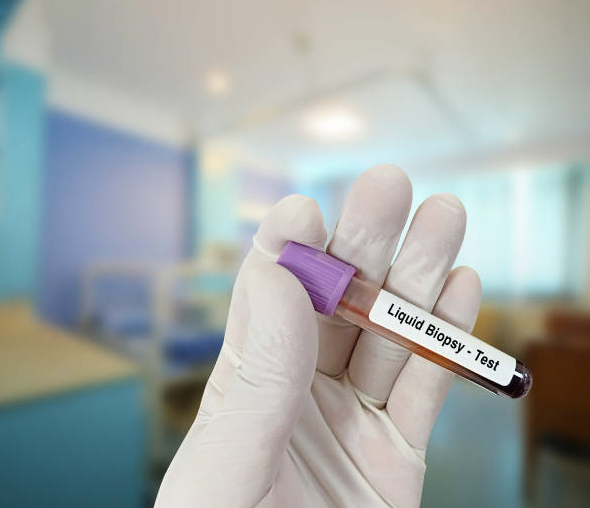Call Us Today 817-737-7668

What to Expect from your Biopsy
What to expect afterwards
As biopsies are typically simple, minimally invasive procedures, you can expect little swelling and pain after the local anesthetic wears off. Discomfort can typically be managed with over the counter painkillers, and discomfort should only last a few days. Many people are able to resume normal activities such as driving and work after the procedure.
You will most likely be given a second appointment to discuss any issues you may have with healing and to discuss the results of the biopsy anywhere from 2 to 10 days after your procedure.
Managing Bleeding and Oral Care
Although bleeding should be prevented by stitching, some do experience this issue after the procedure. This can be stopped by applying pressure to the site for 10 minutes with absorbent material. Be sure to contact your NTFOS surgeon if the bleeding does not stop.
Other aftercare tips include being sure not to bite or strain the side of your mouth to prevent pain and bleeding. You can and should brush and floss your teeth normally, but be sure to keep from rinsing your mouth out too vigorously. You may gently rinse with saltwater or mouthwash if you find food around your stitches.

